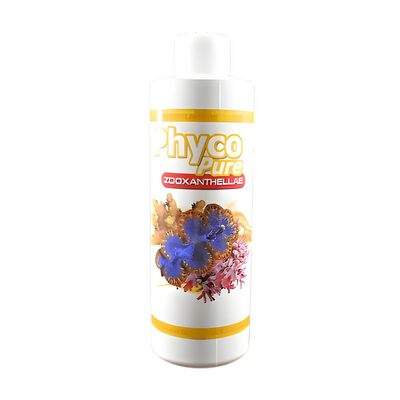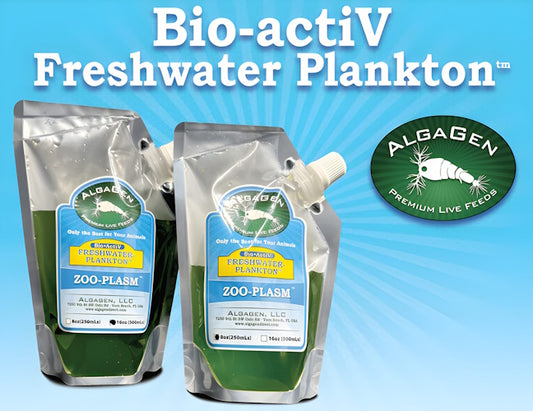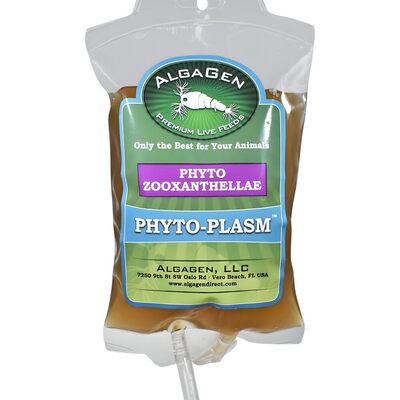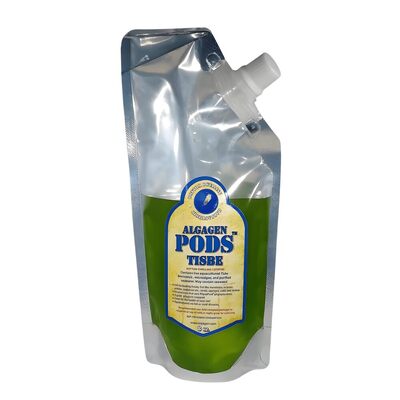Setting up a kid-friendly aquarium is a wonderful way to introduce children to the wonders of aquatic life, teach responsibility, and create a relaxing family hobby. With the right planning, you can build a tank that's safe, easy to maintain, and captivating for young aquarists. Here’s how to get started.
Choosing the Right Aquarium
- Start with the largest tank your space and budget allow: Contrary to common belief, slightly larger tanks (10–20 gallons) are easier to maintain and more forgiving of beginner mistakes than tiny desktop tanks[1][5].
- Pick a sturdy, level stand: Place the tank at eye level for kids, away from windows (to prevent algae) and out of high-traffic areas to avoid accidental bumps[1][5].
- Use a secure lid: Prevents spills, curious hands, and jumping fish.
Essential Equipment Checklist
- Aquarium tank (10–20 gallons recommended)
- Sturdy stand or surface
- Filter and heater (if tropical fish)
- Thermometer
- LED lighting (low voltage, child-safe)
- Water conditioner and test strips
- Gravel or sand (optional, but helps with decor and plant roots)
- Decorations and hiding spots (rocks, driftwood, caves, or kid-friendly ornaments)
- Fish net, algae scraper, siphon/gravel vacuum
- Fish food
Best Fish for Kids
- Guppies: Colorful, hardy, and active. Great for community tanks.
- Neon Tetras: Small, peaceful, and visually striking in groups[5][6][14].
- Platies and Mollies: Easy to care for, social, and available in many colors[14][18].
- Betta Fish: Best kept alone; beautiful and interactive, but males are aggressive toward each other[9][14].
- Goldfish: Classic choice, but require a larger tank and frequent cleaning as they grow[6][9][14].
- Corydoras Catfish: Peaceful bottom dwellers that help clean up leftover food[12].
Kid-Friendly Plants and Decorations
- Hardy live plants: Java Fern, Anubias, and Amazon Swords are tough, low-maintenance, and can handle beginner mistakes[3].
- Artificial plants: Bright colors and soft plastic are safe for children and fish.
- Fun decor: Choose whimsical ornaments like treasure chests, cartoon characters, or sunken ships to spark imagination[5].
Safety Tips for Kid-Friendly Aquariums
- Use heater guards and low-voltage lighting for safety[5].
- Secure cords and outlets with organizers or child-proof covers.
- Establish rules: no tapping on glass, no hands in the tank without adult supervision, and always wash hands before and after tank maintenance[5].
- Supervise all interactions and maintenance, especially with younger children.
How to Involve Kids in Aquarium Care
- Let them help choose fish, plants, and decorations to boost ownership and interest[5].
- Assign simple daily tasks, like feeding fish or checking the thermometer.
- Teach them to observe fish behavior and spot signs of illness or stress.
- Make water changes and cleaning a family activity, with age-appropriate roles.
Quick Reference Table: Best Fish for Kids
| Fish | Tank Size | Care Level | Notes |
|---|---|---|---|
| Guppy | 10+ gallons | Easy | Colorful, active, livebearer |
| Neon Tetra | 10+ gallons | Easy | Schooling fish, keep 6+ |
| Platy | 10+ gallons | Easy | Peaceful, many colors |
| Betta | 5+ gallons | Easy | Single male per tank |
| Goldfish | 20+ gallons | Moderate | Needs big tank, messy |
| Cory Catfish | 10+ gallons | Easy | Bottom-dweller, peaceful |
FAQs: Setting Up a Kid-Friendly Aquarium
Q: What size tank is best for kids?
A: A 10–20 gallon tank is ideal—large enough to be stable, small enough for easy care[1][5].
Q: Can kids help with water changes?
A: Yes! Let them help siphon water, wipe glass, or refill (with supervision). Use this as a teaching moment about fish health and clean water.
Q: Are live plants necessary?
A: Live plants help keep water clean and add interest, but artificial plants are fine for beginners or very young children[3][5].
Pro Tips for Parents
- Test your tap water (pH, hardness) and choose fish that match your local water for easier care[2].
- Cycle the tank before adding fish to avoid “new tank syndrome.”
- Start with a few hardy fish and add more gradually as your child learns.
- Encourage observation—watching fish is relaxing and educational for all ages.
- Consider adding live foods like copepods for natural feeding and extra learning (see AlgaGenPods™ Tisbe for marine setups).
“A kid-friendly aquarium is more than a decoration—it’s a living classroom that teaches responsibility, curiosity, and respect for life.”
Further Reading & Product Spotlight
For more tips on building a thriving aquarium, see Copepods and Amphipods: A Complete Care Guide and Top 5 Live Feeds for Thriving Reef Tank Ecosystems. For natural live food options, consider PhycoPure™ Green Water or AlgaGenPods™ Tisbe to support a healthy, educational ecosystem.
Conclusion
Setting up a kid-friendly aquarium is a rewarding family project that blends science, creativity, and fun. With the right fish, safe equipment, and a little guidance, you’ll inspire curiosity and responsibility in your children while enjoying the beauty of aquatic life together.





Recent post